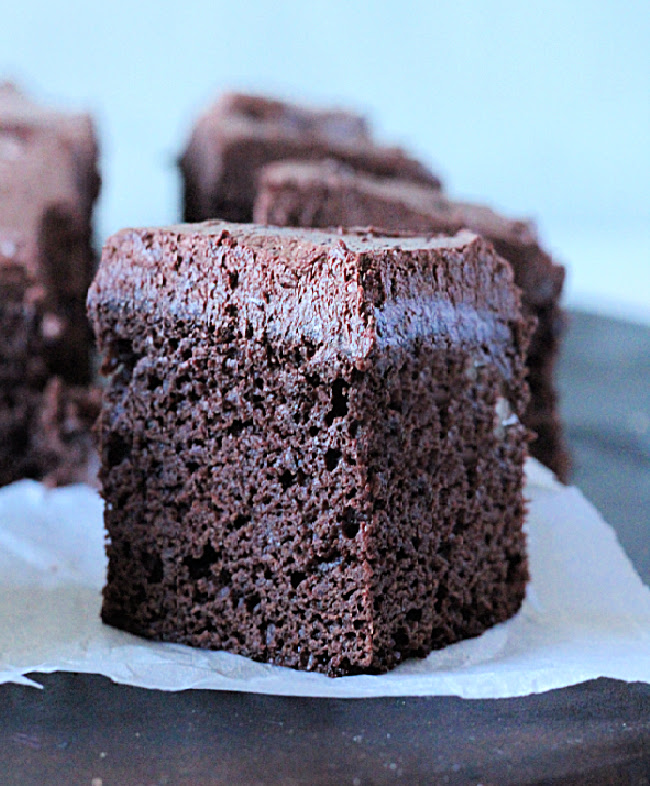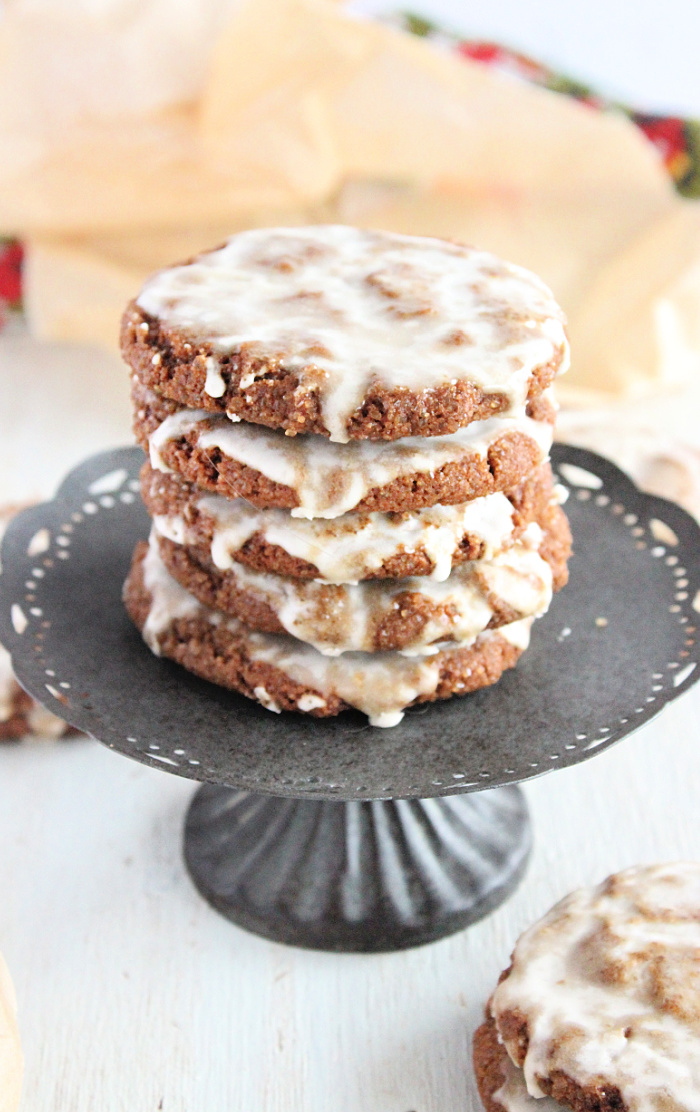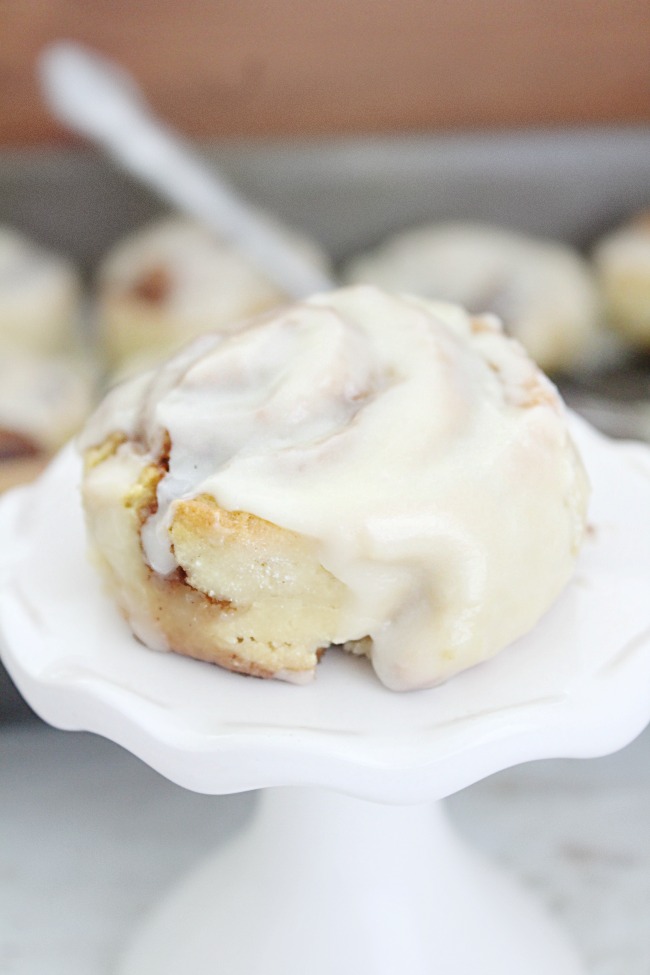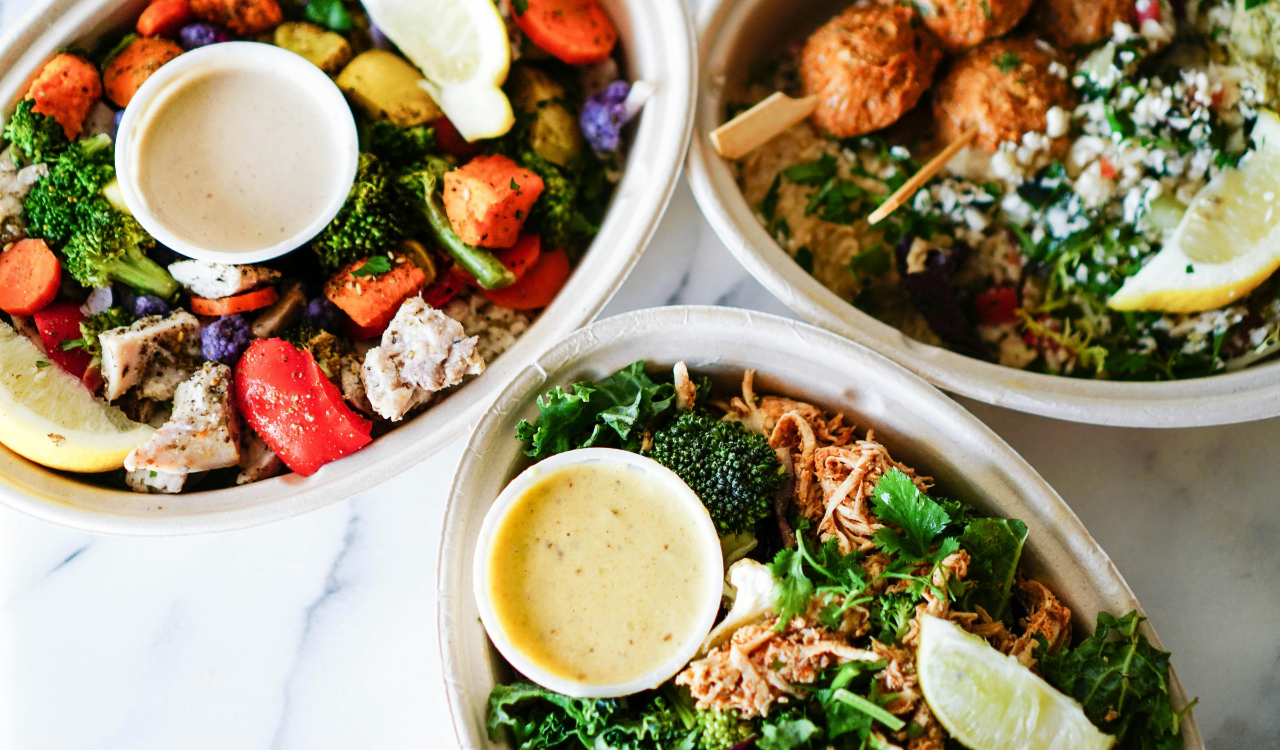12 Pantry Items That Store Better Outside the Pantry
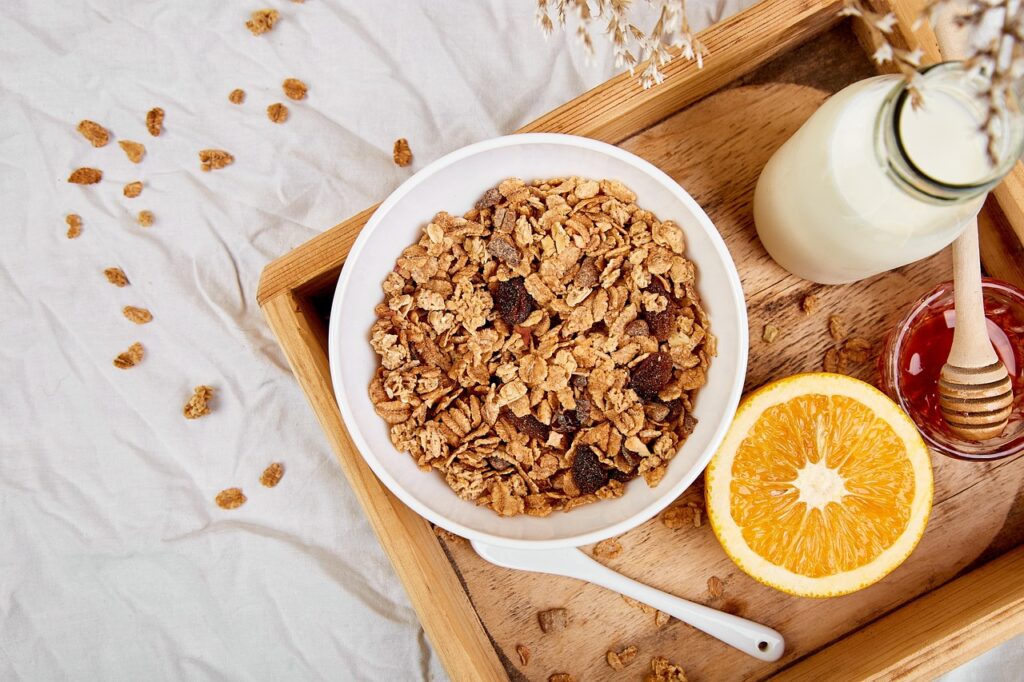
Some foods you think belong in the pantry actually thrive elsewhere, and knowing where to keep them makes all the difference. Certain items stay fresher, taste better, and last longer when stored in the fridge, freezer, or a cool cabinet away from heat and light. It’s less about following tradition and more about understanding how food truly behaves. If you’ve ever wondered why your coffee tastes dull or your nuts go rancid too quickly, the answer is often storage. Let’s uncover the smarter spots.
1. Butter
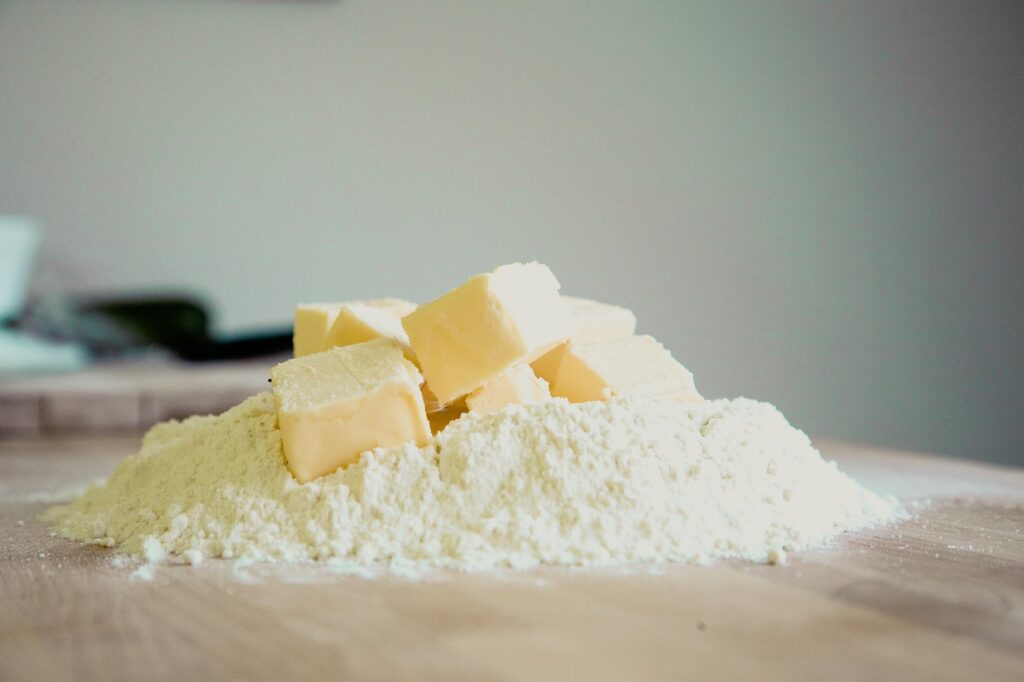
Butter is one of those staples people often toss in the pantry out of habit, yet its quality is closely tied to temperature. Salted butter can safely sit out for a few days in cooler climates, but prolonged storage in a pantry often exposes it to fluctuating heat and light, which speeds up rancidity. The refrigerator is a better long-term home, as it slows the oxidation process and preserves flavor. If you bake often and want softened butter handy, keep a small amount out and refrigerate the rest to extend shelf life.
2. Peanut Butter

Natural peanut butter, free of stabilizers, tends to separate with the oil rising to the top if left in a warm pantry. This not only makes it messy but also accelerates spoilage, especially in humid regions. Storing it in the fridge prevents separation and extends freshness by limiting bacterial growth and oxidation. Commercial peanut butter with added stabilizers can last longer outside the fridge, but if you’re buying minimally processed jars, cold storage helps preserve both taste and nutrients.
3. Nut Butters

Almond, cashew, and other nut butters share the same vulnerabilities as peanut butter. They are rich in oils, particularly unsaturated fats, which are prone to turning rancid when exposed to heat and light. A pantry may keep them safe for short-term use, but refrigeration provides stability that can stretch their life by weeks or even months. This matters not just for freshness but also for preserving the full nutritional benefit of the nuts, as rancid oils lose antioxidant properties over time.
4. Nuts and Seeds

Pantry shelves may seem like a natural spot for nuts and seeds, yet their high oil content makes them highly sensitive to temperature swings. Almonds, walnuts, flaxseeds, and sunflower seeds last much longer in the refrigerator or freezer. Cold storage helps prevent rancidity, insect infestation, and loss of flavor. Ground seeds, like flax meal, are especially fragile and can spoil quickly if kept in a warm pantry. Keeping them in sealed containers in the freezer is often the best option for long-term freshness.
5. Grains and Rice (Whole Grains, Brown Rice, etc.)
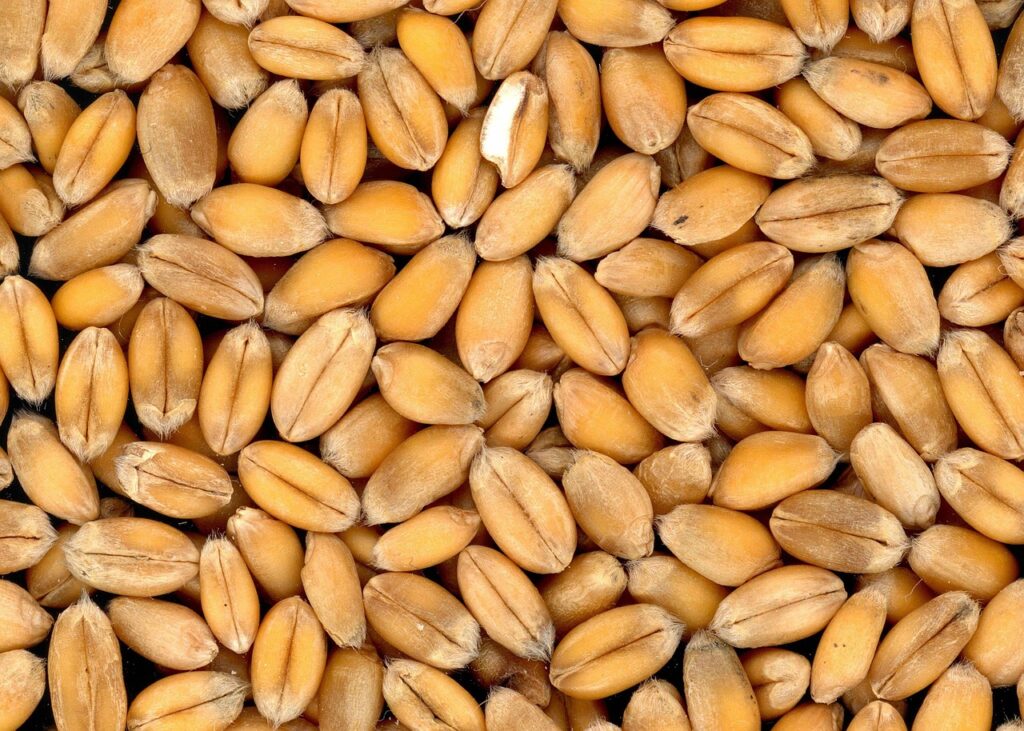
Whole grains and brown rice contain natural oils in their bran layers that make them more nutritious but also more perishable than refined white rice. In a pantry, these oils can oxidize over time, shortening shelf life to a few months. Refrigeration or freezing slows down this process significantly, extending usability to a year or more. If you buy grains like quinoa, barley, or brown rice in bulk, moving them to cooler storage can help prevent pests and preserve their natural flavor.
6. Dried Beans and Lentils
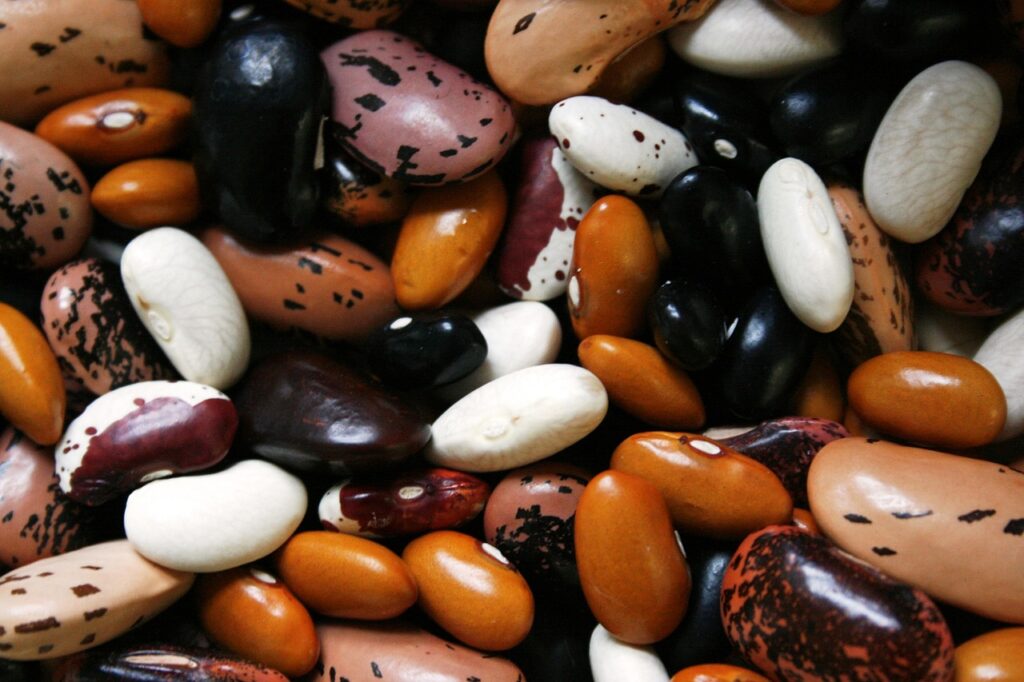
While dried beans and lentils are among the longest-lasting foods, their quality is still tied to where you store them. A dark, cool environment is critical to keeping them from becoming too dry and tough, which can make cooking times longer. A pantry near an oven or stove may expose them to fluctuating heat, reducing their quality. Airtight containers stored in a basement or even the freezer will keep them fresher for years, ensuring they retain both nutrition and cooking consistency.
7. Rice (White Rice, Long-Term Staples)
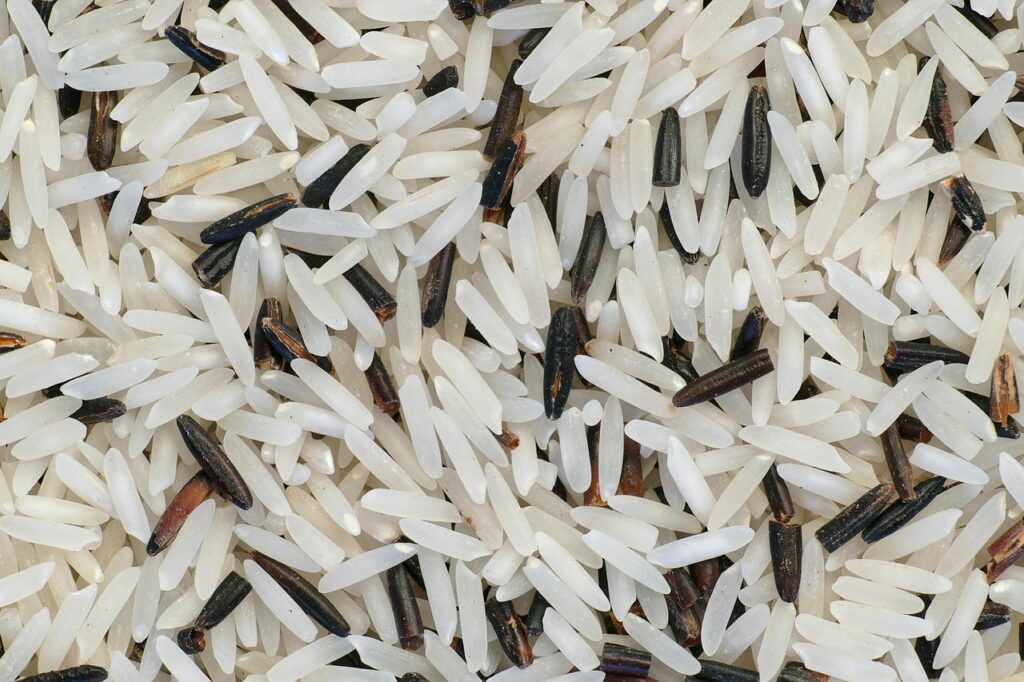
White rice is one of the few pantry staples that can last for decades if properly stored, but the pantry is not always the best place for that kind of long-term preservation. Cool, dry, and airtight conditions are essential. The freezer or a dedicated storage bin outside the pantry will protect against both insects and humidity. Brown rice, in particular, benefits from refrigeration or freezing, since its natural oils limit its shelf life compared to white rice.
8. Tomato Paste and Canned Tomato Products
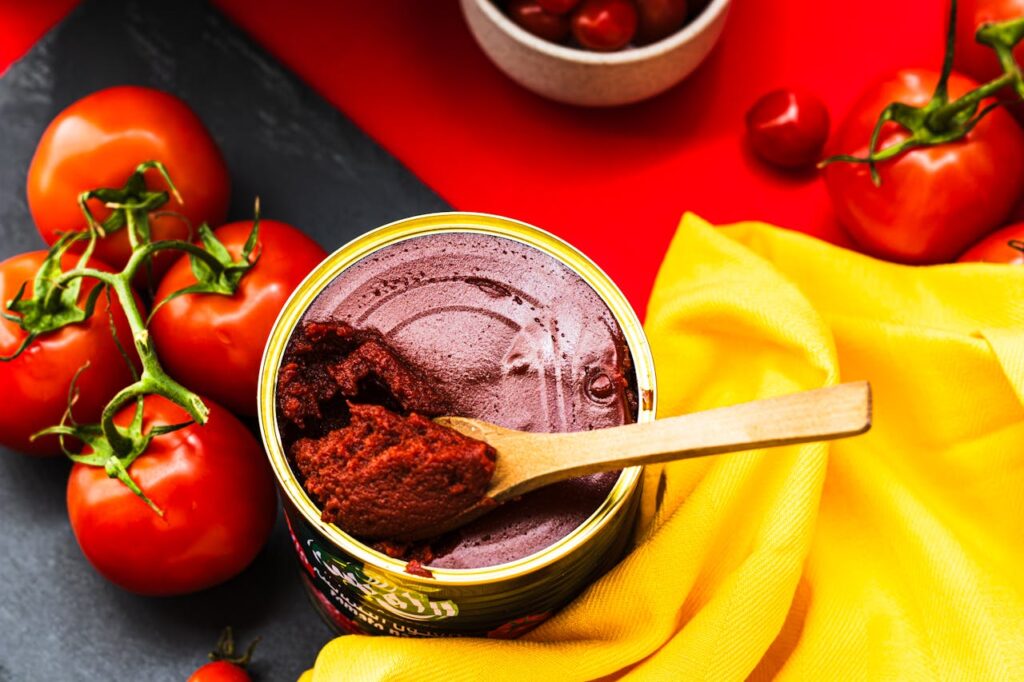
Once opened, tomato paste and similar products don’t hold up well in the pantry. Their high acidity helps preserve them in sealed cans, but after opening, they quickly become vulnerable to mold and spoilage. Refrigerating or freezing portions in ice cube trays makes them last far longer and prevents waste. Even unopened, canned tomatoes fare better in consistently cool storage spaces outside a warm pantry, as heat exposure can degrade flavor and weaken the can lining.
9. Tinned Fish
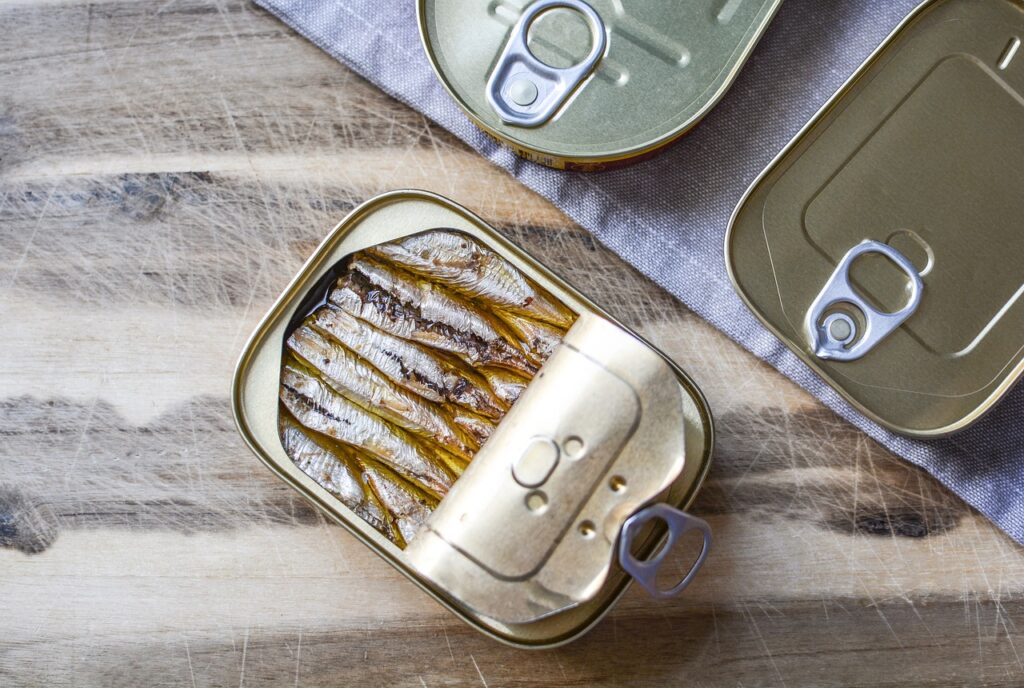
Canned fish like tuna, sardines, and salmon are valued for their long shelf lives, but where they are stored makes a difference. A warm pantry can hasten the breakdown of oils inside the can, altering taste and texture over time. A cooler basement or another dark, stable environment helps them retain quality for years. Once opened, transferring leftovers to a sealed container in the fridge is essential, as oily fish spoils quickly outside of controlled cold storage.
10. Dried Pasta
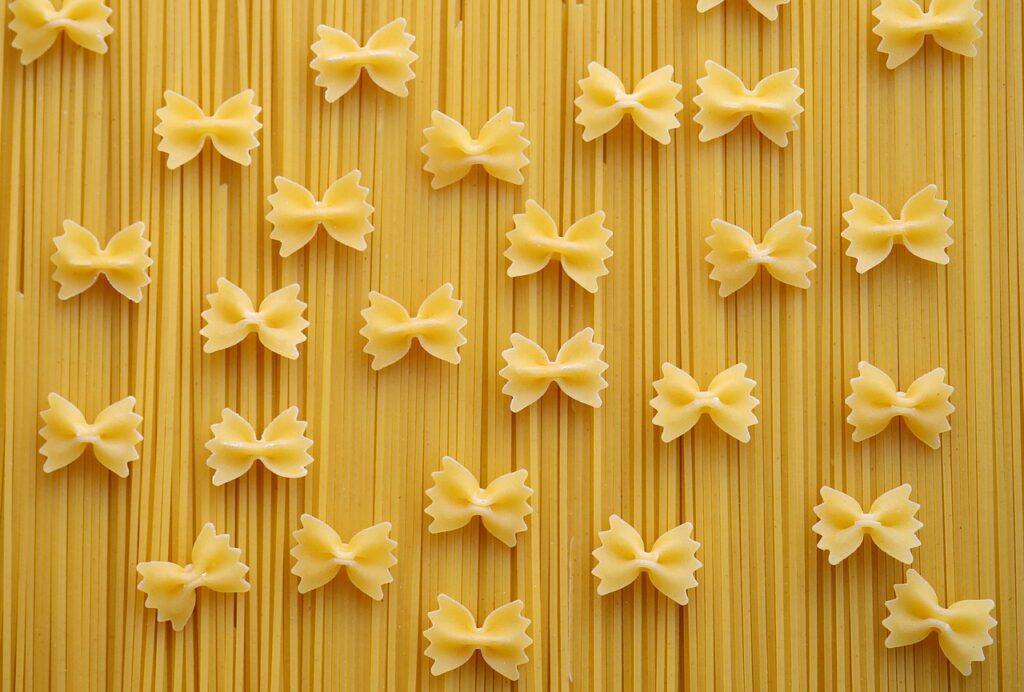
Dried pasta might seem invincible, but even it has vulnerabilities when kept in a pantry. Moisture, pests, and temperature shifts can degrade its quality. Cooler storage environments extend its shelf life, especially for enriched or specialty pastas. Airtight containers kept in a dark cupboard or, for very long-term storage, in the freezer, will prevent bugs and maintain freshness. Pasta’s longevity depends on dryness, so controlling humidity is key to storing it outside a traditional pantry.
11. Rolled Oats

Oats are another item that benefits from cooler storage. While they last months in a pantry, heat and moisture make them prone to going stale or attracting insects. Whole oats with the bran intact also contain oils that can go rancid over time. Refrigeration or freezing can extend shelf life to a year or more while preserving nutrients. Keeping oats in sealed containers ensures they maintain their nutty flavor and remain free of unwanted pantry pests.
12. Canned Soups and Canned Goods
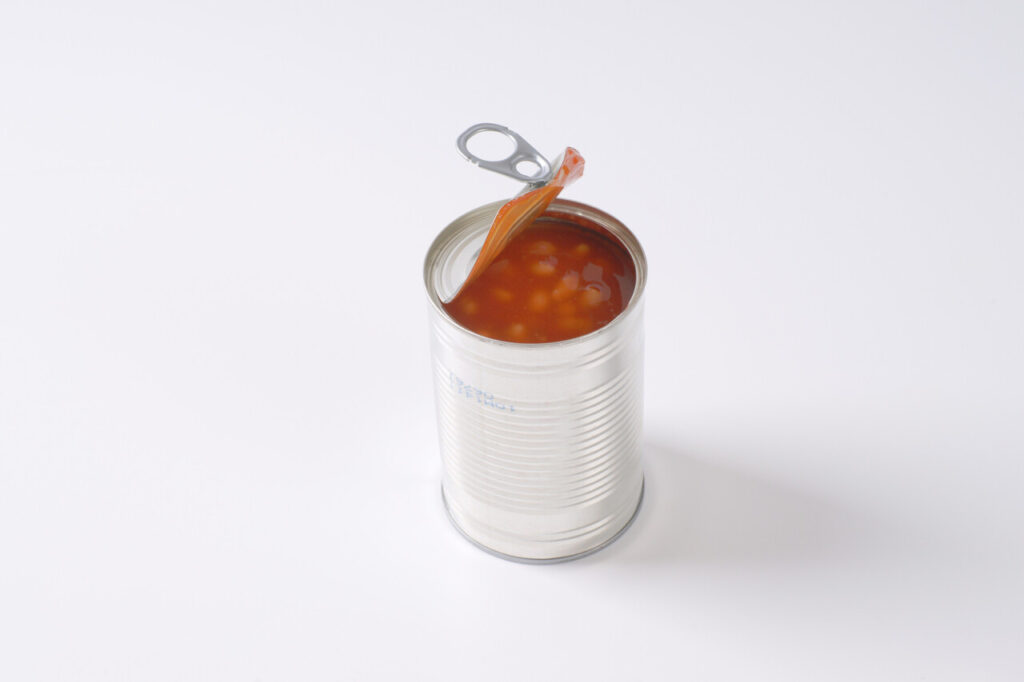
Canned soups and vegetables are designed for long-term storage, but their durability still depends on temperature and stability. Prolonged heat can cause cans to bulge or their contents to degrade faster. A basement or other cool, dry space outside of the pantry ensures they maintain both safety and flavor for years. Once opened, moving the contents into sealed containers in the fridge is crucial, as exposure to air accelerates spoilage within hours.
